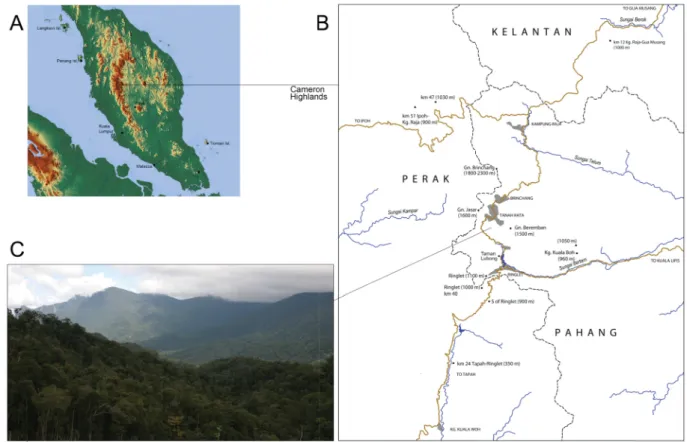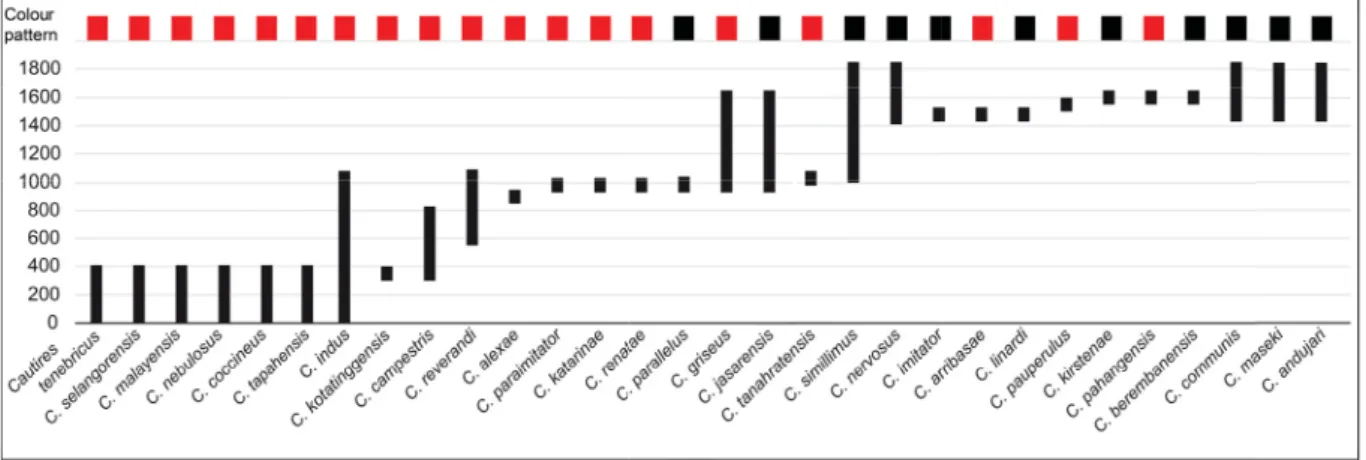High diversity and endemism in the genus Cautires Waterhouse, 1879 (Coleoptera: Lycidae) from the Malay mountain forests,
with the descriptions of fourteen new species
Alice JIRUSKOVA
1, Michal MOTYKA
2& Ladislav BOCAK
3,*1,2,3
Department of Zoology, Faculty of Science, Palacky University, 17. listopadu 50, 771 46 Olomouc, Czech Republic.
1
Email: alice.jiruskova@seznam.cz
2
Email: michal.motyka@upol.cz
*
corresponding author: ladislav.bocak@upol.cz
1
urn:lsid:zoobank.org:author:E8EA3180-2399-4EA9-86BD-DBFC381E2F93
2
urn:lsid:zoobank.org:author:242DF8C7-1E68-45F7-AD24-C4BC0C5D0D94
3

